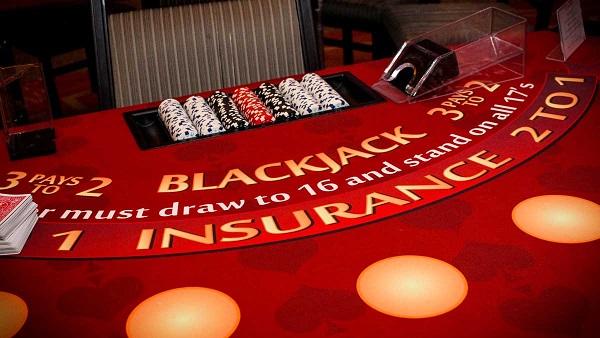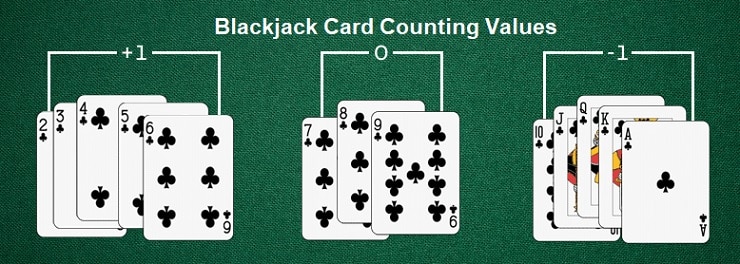Mastering the Game: Advanced Blackjack Winning Strategies

Blackjack, a classic card game that has captivated players for centuries, remains a favorite in casinos worldwide. Despite its apparent simplicity, there’s a deep layer of strategy that can significantly enhance one’s chances of winning. Here, we’ll delve into advanced tactics that can turn the tables in your favor.
The Art of Card Counting
Card counting is perhaps the most famous blackjack strategy. In essence, it’s about keeping track of the ratio of high to low-value cards in the deck. When the ratio is in the player’s favor, they can increase their bets, and when it’s not, they reduce them. This doesn’t guarantee a win, but over time, it can give a player an edge over the house.
However, it’s essential to understand that card counting requires practice. Starting with single-deck games can be a good initiation. As proficiency grows, players can try multi-deck games, which are more challenging but also more rewarding.
It’s also worth noting that casinos are well aware of card counting. Therefore, using this method discreetly and mixing it with other strategies can be the key to success.
Understanding Betting Systems
Several betting systems can be applied to blackjack. Some of the most popular include the Martingale, Paroli, and D’Alembert systems. Each of these systems has its strengths and drawbacks, and understanding them can guide a player in choosing the best approach for their style and bankroll.
The Martingale system, for instance, involves doubling the bet after each loss. This approach can lead to substantial gains but also requires a significant bankroll. On the other hand, the Paroli system suggests doubling the bet after each win, which can limit losses but also reduce potential winnings.
Optimal Blackjack Strategy
While card counting and betting systems offer advantages, knowing the optimal strategy for every possible hand is fundamental. This involves understanding when to hit, stand, double down, or split, based on the dealer’s upcard and the player’s hand.
- **Soft hands**: With an Ace counted as 11, it’s generally advisable to hit on soft 17 or less and to stand on soft 18 or more.
- **Hard hands**: Without an Ace, or with an Ace counted as 1, players should generally hit on 11 or less. Standing becomes favorable when holding 17 or more.
- **Pairs**: Splitting pairs can be beneficial, but it’s crucial to know when. For example, always split Aces and eights, but never split fives or tens.

Choosing the Right Table
The table’s rules can significantly impact a player’s odds. For instance, games that offer the option to surrender can provide an added advantage. Additionally, tables where the dealer stands on soft 17 are generally more favorable than those where the dealer hits. It’s also beneficial to play at tables where doubling down is allowed after splitting pairs.
Furthermore, the number of decks in play can alter the house edge. Single-deck games usually have a lower house edge, but they’re also more susceptible to card counting, making them a double-edged sword for the casino and the player.
Lastly, always avoid tables that pay 6:5 for blackjack instead of the traditional 3:2. The difference in payouts can significantly reduce a player’s odds of winning over time.
Emotional Control and Discipline
Even with the best strategies in place, blackjack remains a game of chance. It’s crucial for players to maintain emotional control and discipline. Going on tilt, chasing losses, or deviating from a set strategy can lead to rapid depletion of a bankroll.
Setting limits, taking regular breaks, and treating the game as entertainment rather than a guaranteed money-making scheme can make the experience more enjoyable and sustainable.
